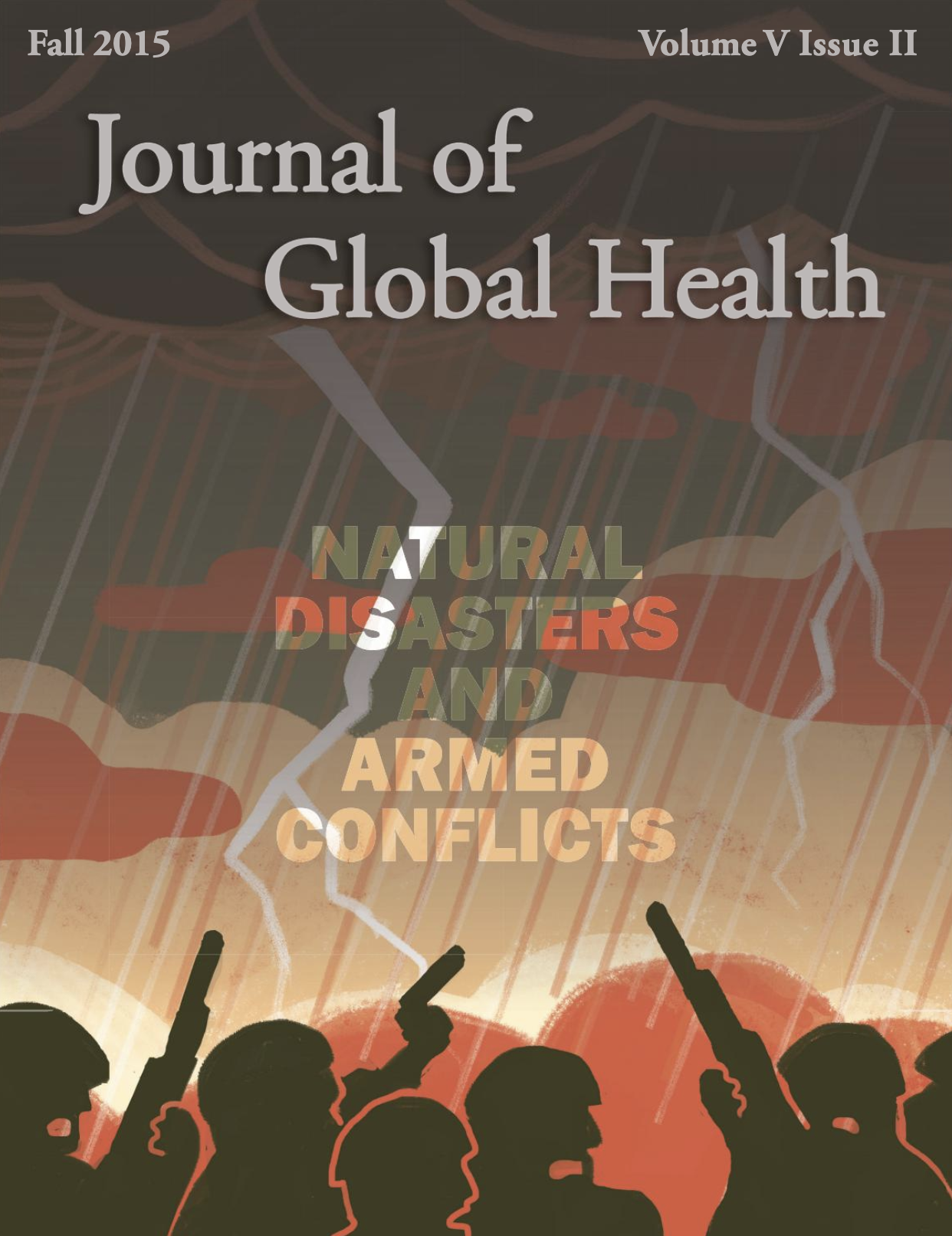From words to action: comparing the disparities between national drug policy and local implementation in Tijuana, Mexico and Vancouver, Canada
Main Article Content
Abstract
In 2009, Mexico passed a national drug policy reform decriminalizing the possession of small amounts of certain drugs for personal use with the aim of diverting drug-dependent individuals from prison and towards addiction treatment. However, the public health approach codified by the reform has not yet led to a meaningful change in local police practices nor contributed to the meaningful scale-up of harm reduction and addiction treatment services in many Mexican cities. Specifically, in Tijuana, Baja California, there continues to be a variety of local level barriers – including arbitrary police behaviours – that hinder the ability of people who inject drugs (PWID) from accessing vital harm reduction services. This has implications for the growing HIV epidemic in Mexico’s northern border region, given that access to harm reduction interventions has been shown to effectively reduce the risk of HIV infection among PWID.
In contrast to the largely enforcement-based local response seen in Tijuana, the municipal Four Pillars approach implemented in Vancouver, Canada in 2001 was passed as a public-health oriented response to the rising prevalence of HIV/AIDS among PWID in the Downtown Eastside of Vancouver. Centered on the balancing of four approaches – harm reduction, treatment, prevention and enforcement – the Four Pillars approach in Vancouver has led to a well-resourced local harm reduction and addiction treatment system. This local emphasis on harm reduction contrasts with the Canadian federal government’s opposition to harm reduction approaches. However, police-public health partnerships along with strong political support have led to the substantial scale up of harm reduction services as well as the reduction of HIV/AIDS among people who inject drugs in Vancouver, unlike what has been observed in Tijuana.
This commentary therefore aims to assess the discrepancies between federal policy and local responses to drug-related harms in order to fully understand the impact and implications of national drug policies in shaping local response to drug related harms among populations of PWID. Through a comparison of the drug policy landscape in two cities linked by a large North American drug trafficking route—Tijuana, Mexico and Vancouver, Canada—this commentary suggests that drug policy reform in and of itself will have little impact at the local level unless it is appropriately resourced and meaningfully supported by key stakeholders.

